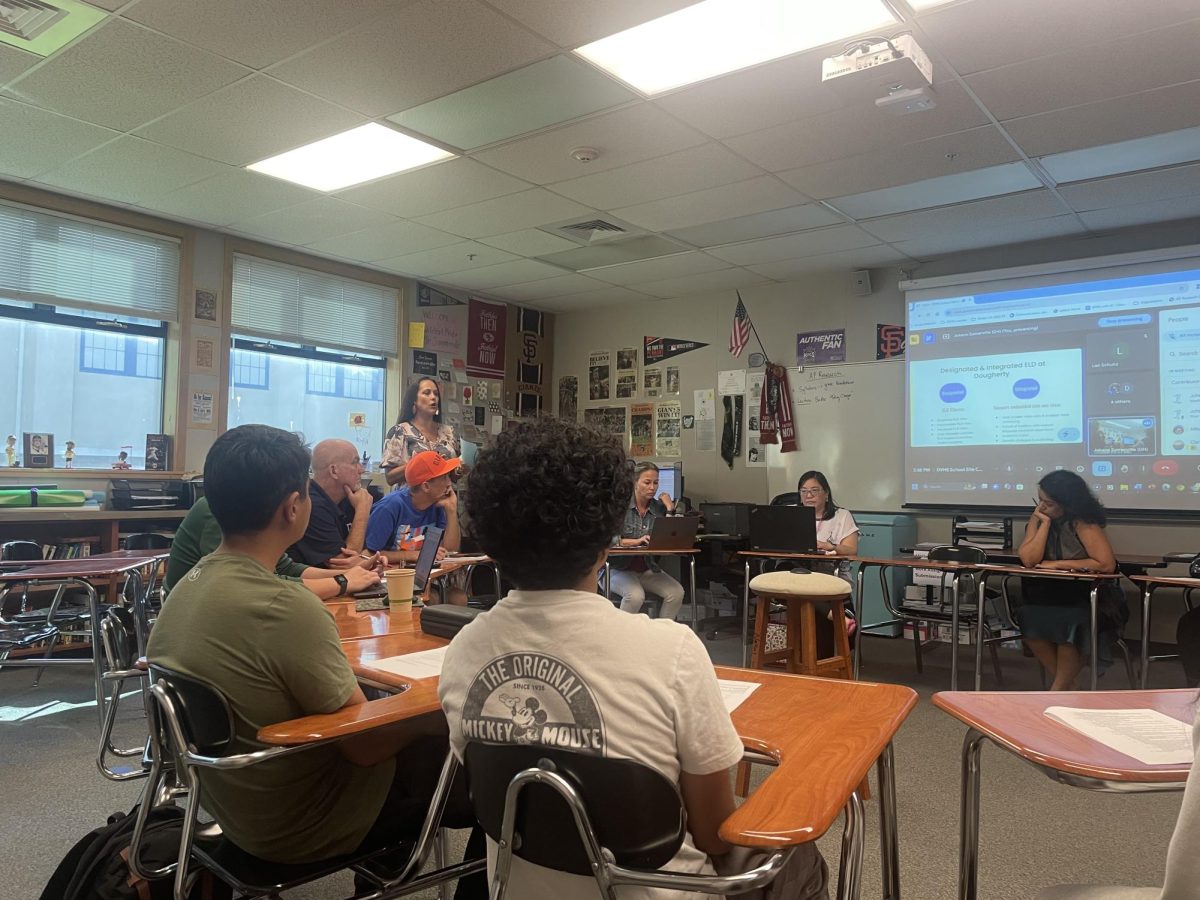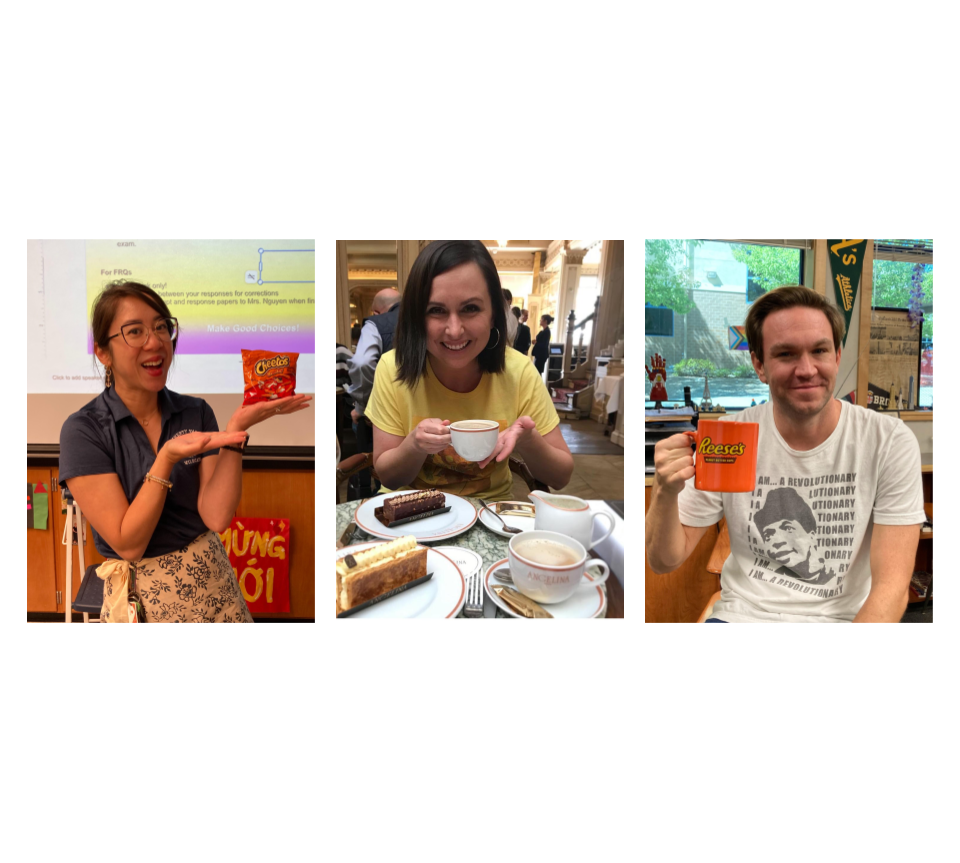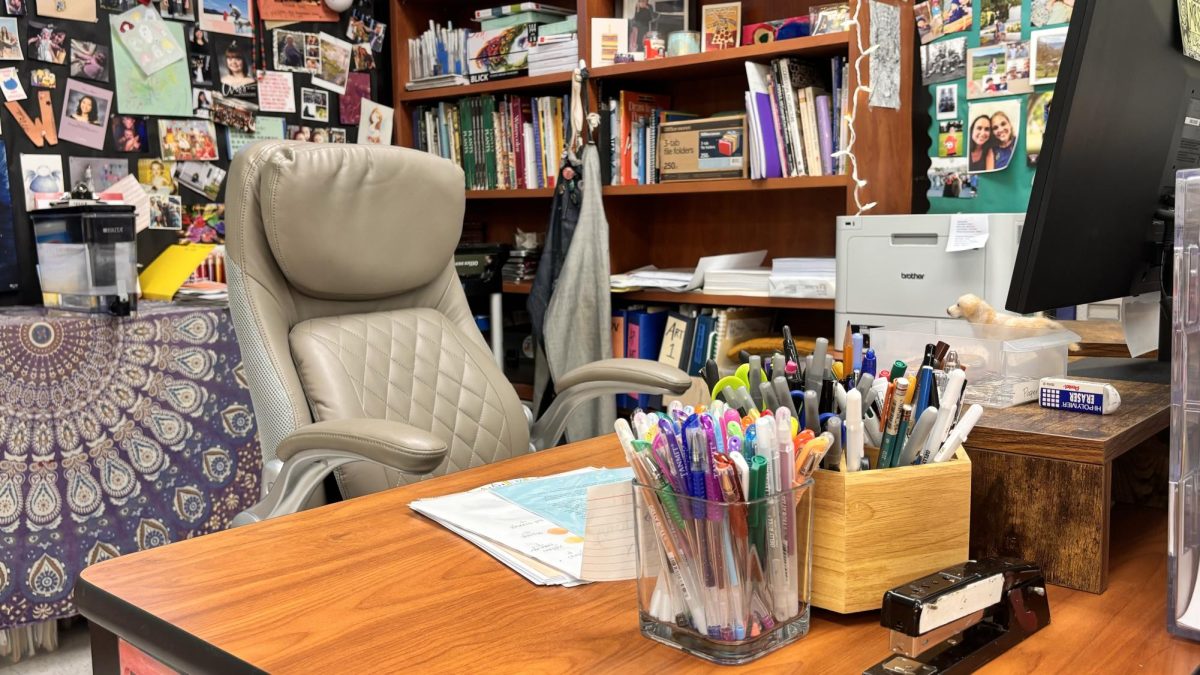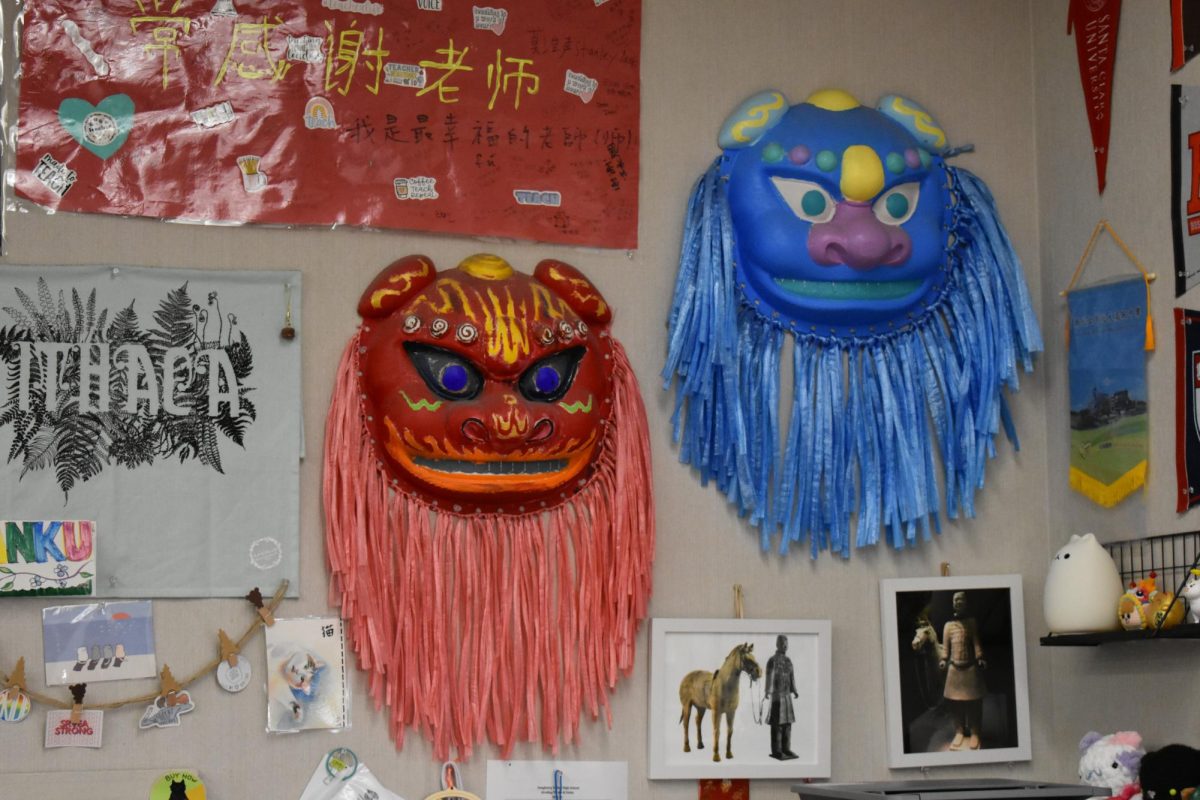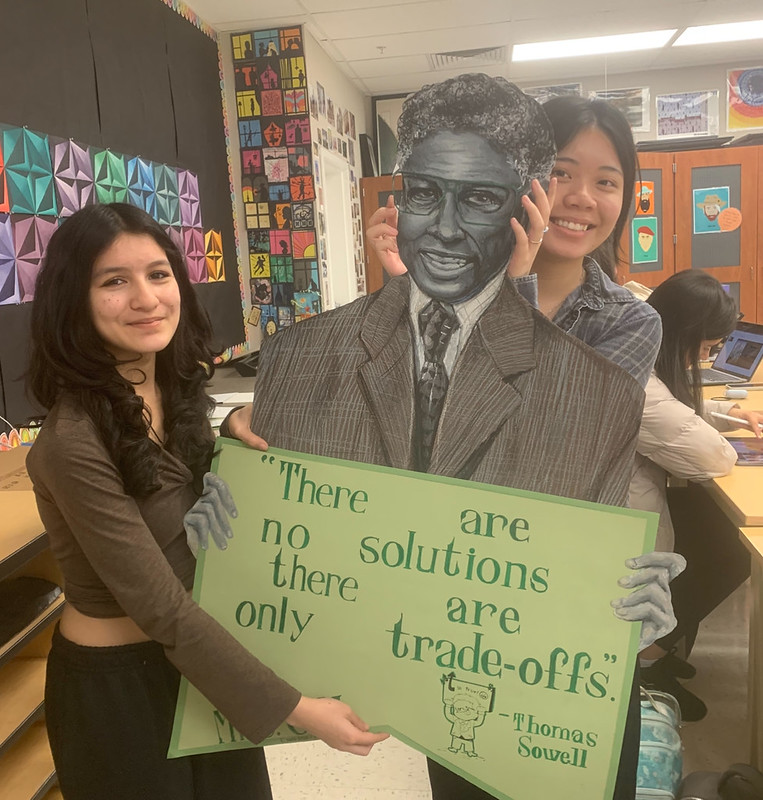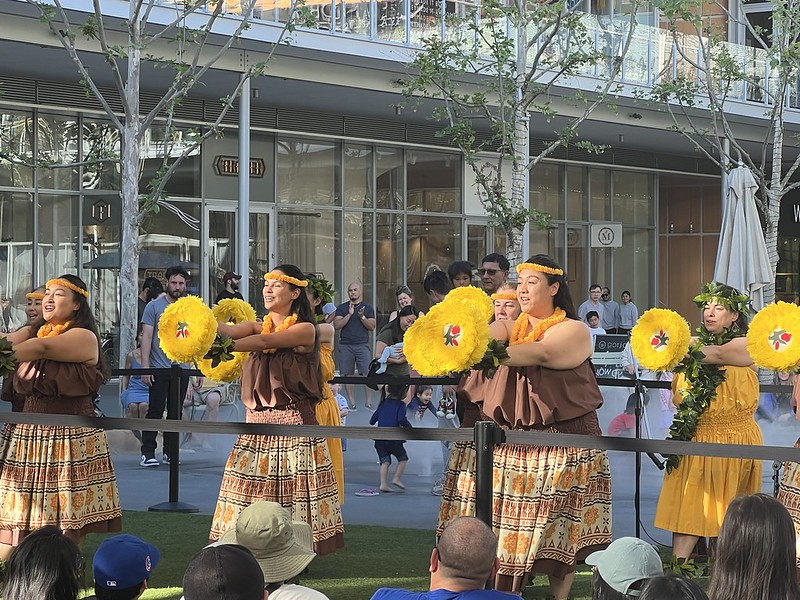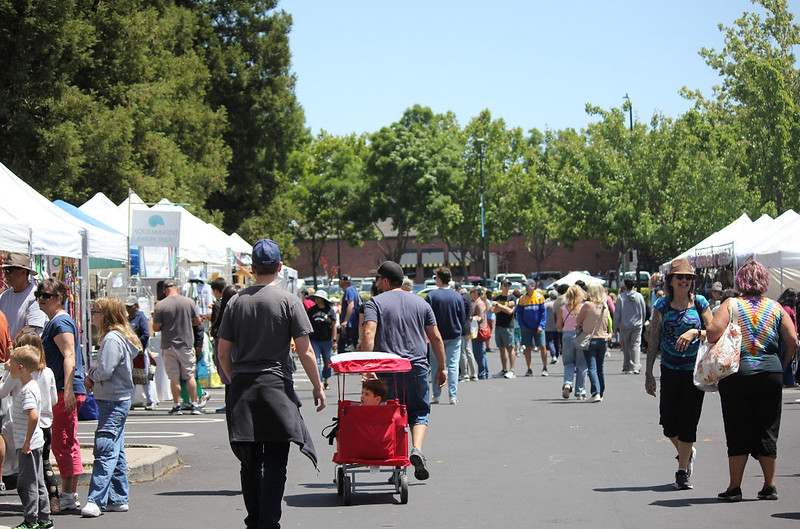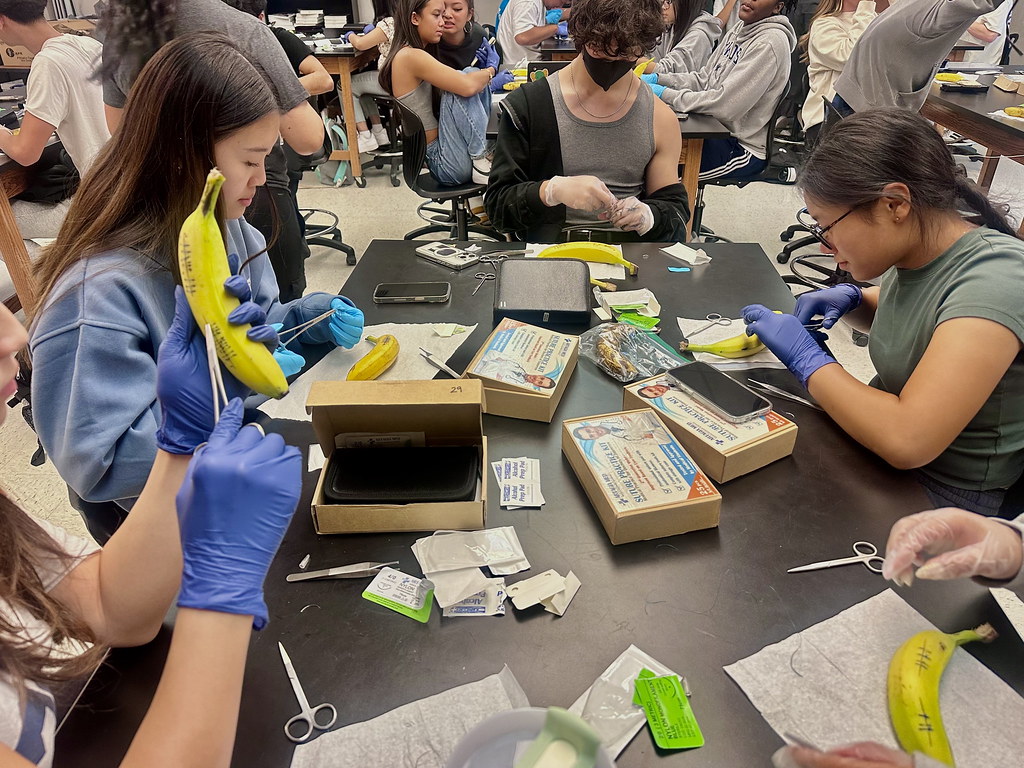The DVHS Site Council aims to improve policies on campus and serve as a voice for the student body. They are a group of students, parents, teachers and administrative staff whose main objective is to develop the school improvement plan, making changes and advancements at school. Additionally, the council deals with part of the school’s budget.
“Basically, anything that’s arising within the school culture, campus or student body, we’re there to bring it to light to all the stakeholder groups, find a way to approach it, and even recommend focusing on certain aspects of student life,” Johann Somerville, the chairman of the council, explained. “It’s really just a thermometer for campus life and campus focus.”
One focus of the site council is to emphasize students’ voices. DVHS Students apply to be on the site council each year and serve a year-long term as a representative. Seven students are elected through a voting process and bring to notice troubles that the student body faces. The 2024-25 student representatives include seniors Tanishka Chawla, Samara Mehta, and Ananya Mukherjee, juniors Kelly Jin and Ananya Kumar, and freshmen Vidit Shivadevuni and Yousuf Ahmad Siddiqu.
“I think the site council can really make an impact on students because we get to voice your concerns, especially things like mental health issues and other really big struggles. We can also project any issues that the students may have in Dougherty Valley,” Kumar noted.
Including students is one way that the site council differs from other decision-making committees at Dougherty. Because of the students’ presence on the site council, the student body is able to air their opinions and make direct changes based on problems they notice around school. In addition, any student is welcome to attend meetings and express their opinions to the council.
“We had students come in and actually present on, you know, the idea of dress coding a student, and the disparity between how female students were being hit with violations where male students weren’t,” Somerville specified.
According to these presentations, changes can be made directly to solve problems. A recent instance of at a site council meeting was the formation of a committee to assist the English Language Development program and students whose first language isn’t English. Furthermore, that isn’t the only way the issues site council tackles impact student life.
One such plan is the Single Plan for Student Achievement, which details all the changes in classrooms and around campus that are to be implemented in the future. Site council is able to make changes and develop this plan. They also make sure that funding is being allocated properly and can fix it if necessary, including residual money left over from the previous school year.
“We talk to the stakeholders, and also look at where all the funds are going to at Dougherty Valley. We also look at events and upcoming expenditures,” Kumar elaborated. “Anything going on in the school that we really want to address, that teens are facing.”
Additionally, parents are able to join the council, and in fact make up 25% of the members. They bring insight about the community and the way changes can be made to benefit students at home and the community at large. For example, at the most recent site council meeting, representatives discussed ways to extend the time period in which students can ask for recommendation letters, taking some burden off of teachers and letting students have more opportunities.
As a result, the site council poses as a meeting place for ideas from students, staff, and parents to understand each other and make advancements around campus.
“To have a true understanding of something, you have to have all the voices involved. You can’t have just a few individuals making all the decisions.” Somerville concluded. “It’s presented to us so we can then get our voices involved and truly see from all of those individuals that are going to be impacted by those decisions.”

